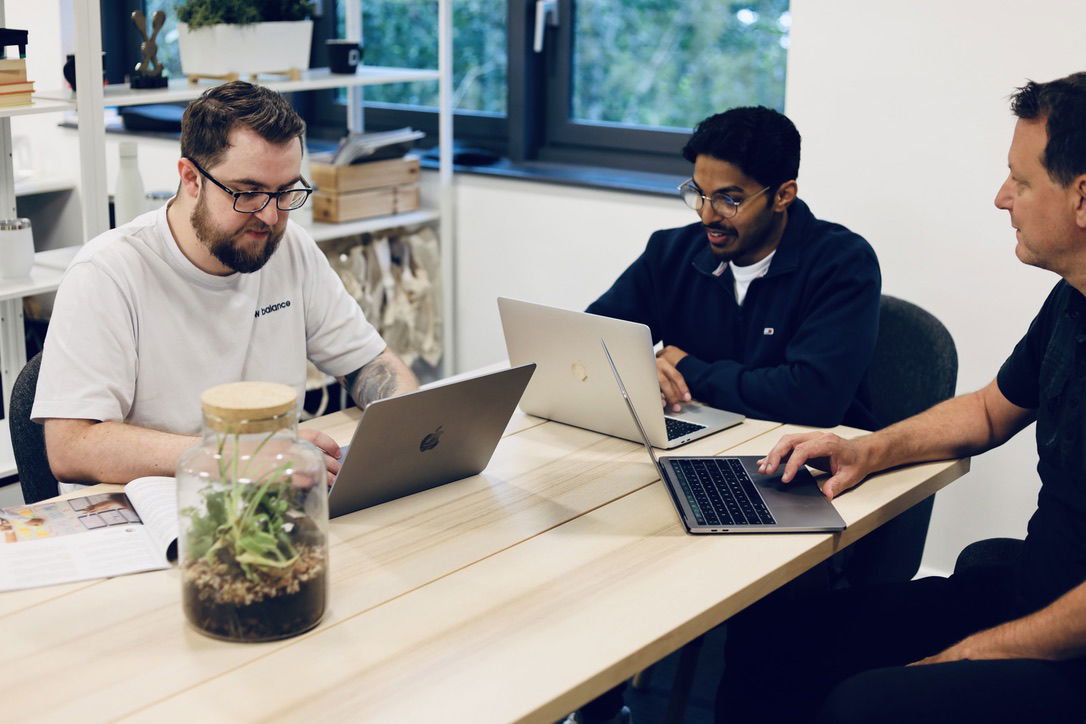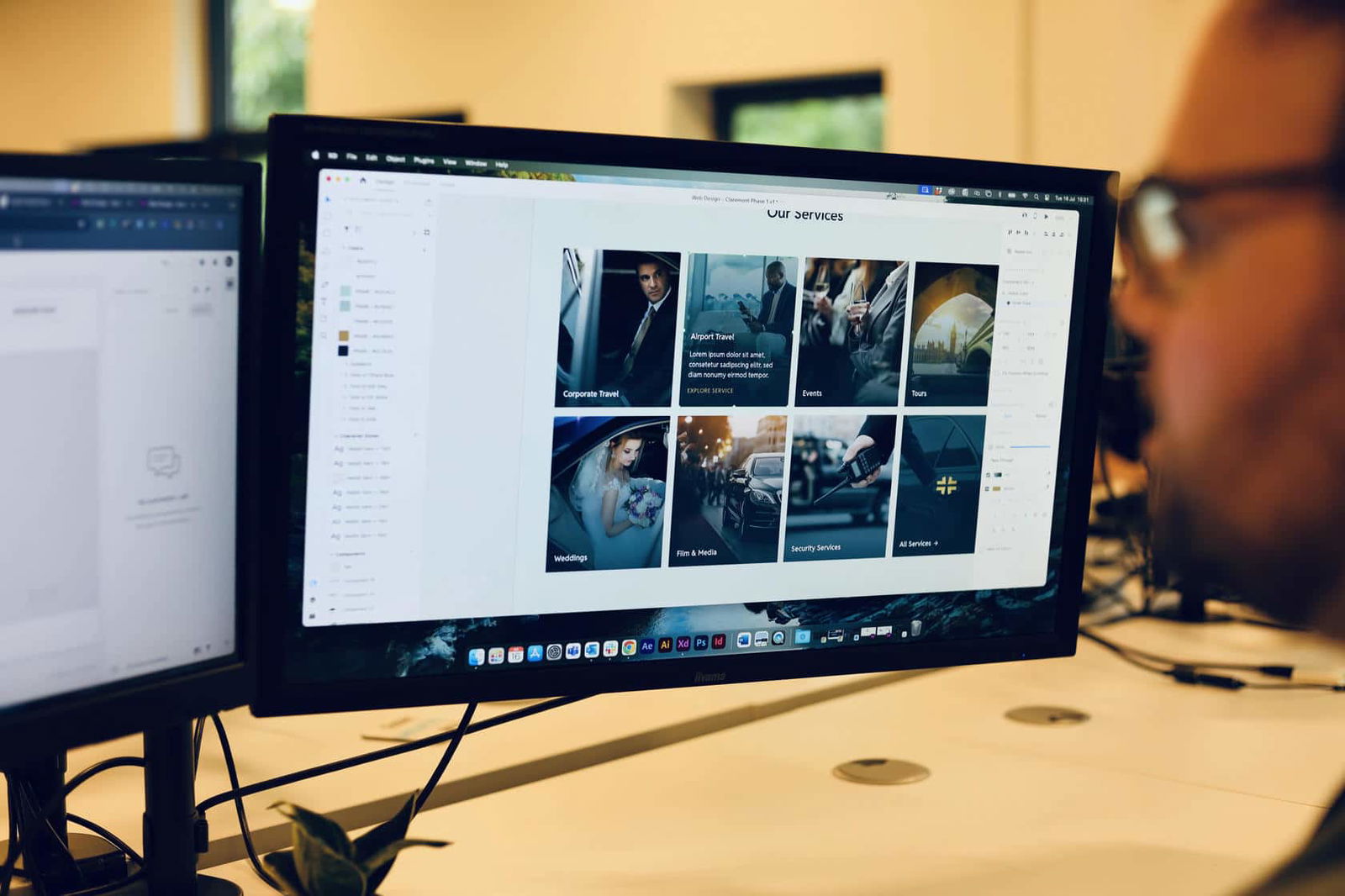Following on from the previous Accessibility on the web blog written last year, where we discussed some of the basic principles of accessibility in code practises, we’re looking to shed some light on how blind people and the visually impaired use screen readers and how HTML validators and other automated tests are not enough to ensure your site is accessible.
HTML5 elements, love ’em or leave ’em
HTML5 elements like <header>, <nav>, <aside>, <footer> etc, are super useful for people using screen readers in navigating through content, however the issue is that most sites don’t use them at all nor do they use things like <role="main"> or similar.
Because of this it can be far more useful and common to navigate through page content and pages by headings which are more reliably added by web developers.
Here’s a video of a web user navigating webpages via headings.
Link title text or ‘How to waste your time writing link title text’
Link title text isn’t being read aloud by a screen reader, ever. There is zero reason to be writing super descriptive title text for a link like ‘click here’ or ‘view more’. Far better would be to write descriptive text in place of this, indicating to all users what action will be performed by clicking ‘here’.
Don’t believe me? When asked if there was any reason to use link title text, Jeffrey Zeldman says:
‘No! Do not use’.
W3C valid code and how to impress your mates
That great green tick, coveted by all, doesn’t actually mean a whole lot. Whilst it’s important to write code that meets spec, it’s an automated test and should be treated like one.
If you want to know how your website performs on a screen reader and how frustrating it is for a blind user, ignore the tick, and give it a try. Nothing will beat real user testing.
Autofocus, it’s like UX man
This can be extremely frustrating and disorientating for screen reader users. You’ve landed on a webpage expecting certain content and BAM! Straight to ‘enter your first name’. You’ve got no context, no idea where you are on the page, the whole thing sucks. Stop stealing the focus and let users navigate!
Our moral obligation
As mentioned previously, the web is an extremely important resource that affects almost every aspect of our lives. It’s our moral obligation to provide that resource in a way that is accessible to all.
If you want to know more about accessibility and how to make your website more accessible, have a chat with us.




